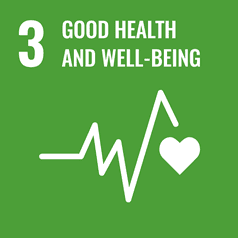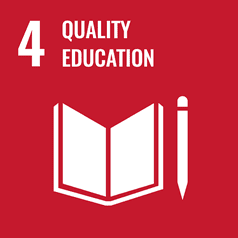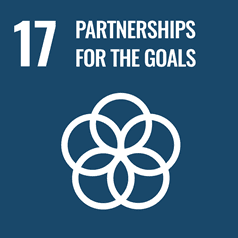Peter's story
“Had I not stopped and listened, I suspect I would’ve been dead within six months or a year.”
Levi’s radio guest that morning was University of Newcastle Podiatry Head of Discipline Dr Andrea Coda. The interview spurred Mr Bedford to volunteer at the clinic as a patient. He wanted to help podiatry students hone their skills, more than he was concerned about his health. He was also curious to see how it all worked. If nothing else, he would be practice for future podiatrists.
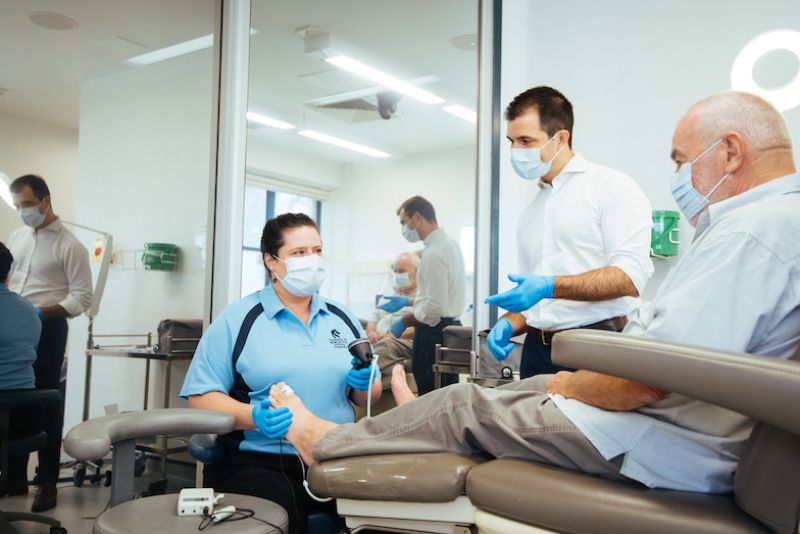
The facility is a university teaching clinic within Wyong Hospital, where students practise under the wings of leading, registered podiatrists and clinical academics. It can accommodate 15 patients at a time, four days a week, without the need for GP referrals. The types of consultations span the breadth of podiatry including sport injury, paediatric, biomechanics, gait analysis, and lower limb dermatological assessments. Supervised students can also assess neurological and vascular indicators, pivotally in Mr Bedford’s case.
Mr Bedford’s appointment was with Victoria Bennett, now a podiatrist practising in Canberra but then a student in the final weeks of her degree commuting daily from Sydney’s inner west.
“He was a new patient, so we did the full vascular assessment. He had a small cut on the plantar aspect of his foot (heel), that he’d taken antibiotics for. Otherwise, he was generally quite healthy and he didn’t have any major red flags,” Ms Bennett says.
“There was no clear signs that his arteries would have been blocked,” Ms Bennett says.
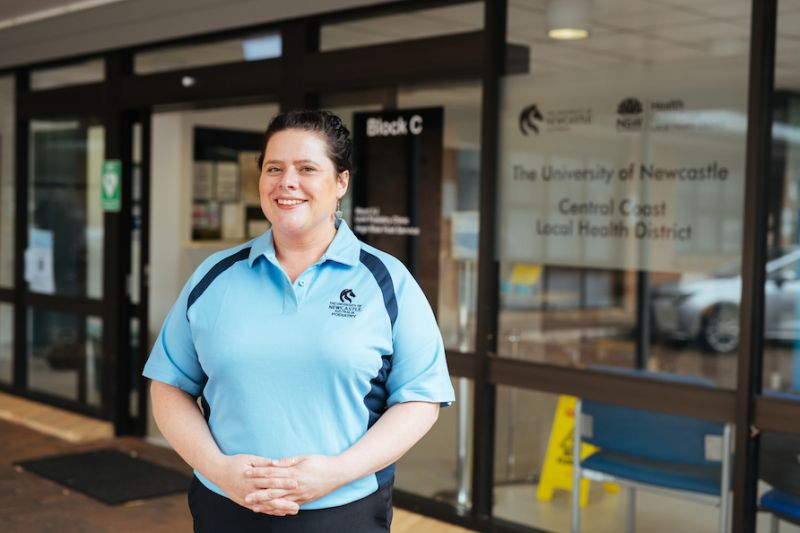
Following a cardio angiogram on October 17, Mr Bedford was advised to stay in hospital. More tests would be needed, and he was down for surgery three days later. A cardiologist told him the results weren’t good, but 73 wasn’t particularly old to go through it.
The six-hour quadruple bypass surgery was a success. Mr Bedford is now well enough to work on his yard, pause in his kitchen, listen to the radio and wonder at the set of radio production coincidences, the skill of a podiatry student and her supervisors, the serendipity that all means he’s still here.
“I’m a pretty relaxed person, and it is what it is. I have a lot of confidence in the medical people. My only concern was for my wife. Things can go wrong and you’re looking at your own mortality,” Mr Bedford says.
“It was bad news then, but I think it was good news. Had I not been there, I would probably be dead now. I’m a lucky man. It’s been like winning the medical lottery. Had I not listened to that radio program, and acted on it, and had Victoria not been well trained, I would’ve lost my life. It all started that day at the Wyong clinic.”
Related Articles

‘Perfect bodies and perfect lives’: how selfie-editing tools are distorting how young people see themselves
Like many of her peers, Abigail (21) takes a lot of selfies, tweaks them with purpose-made apps, and posts them on social media. But, she says, the selfie-editing apps do more than they were designed for.
Read more

Pathway to purpose
From limited beginnings to limitless dreams - equity in education is giving Arthur Demetriou the chance to change the face of medicine.
Read more
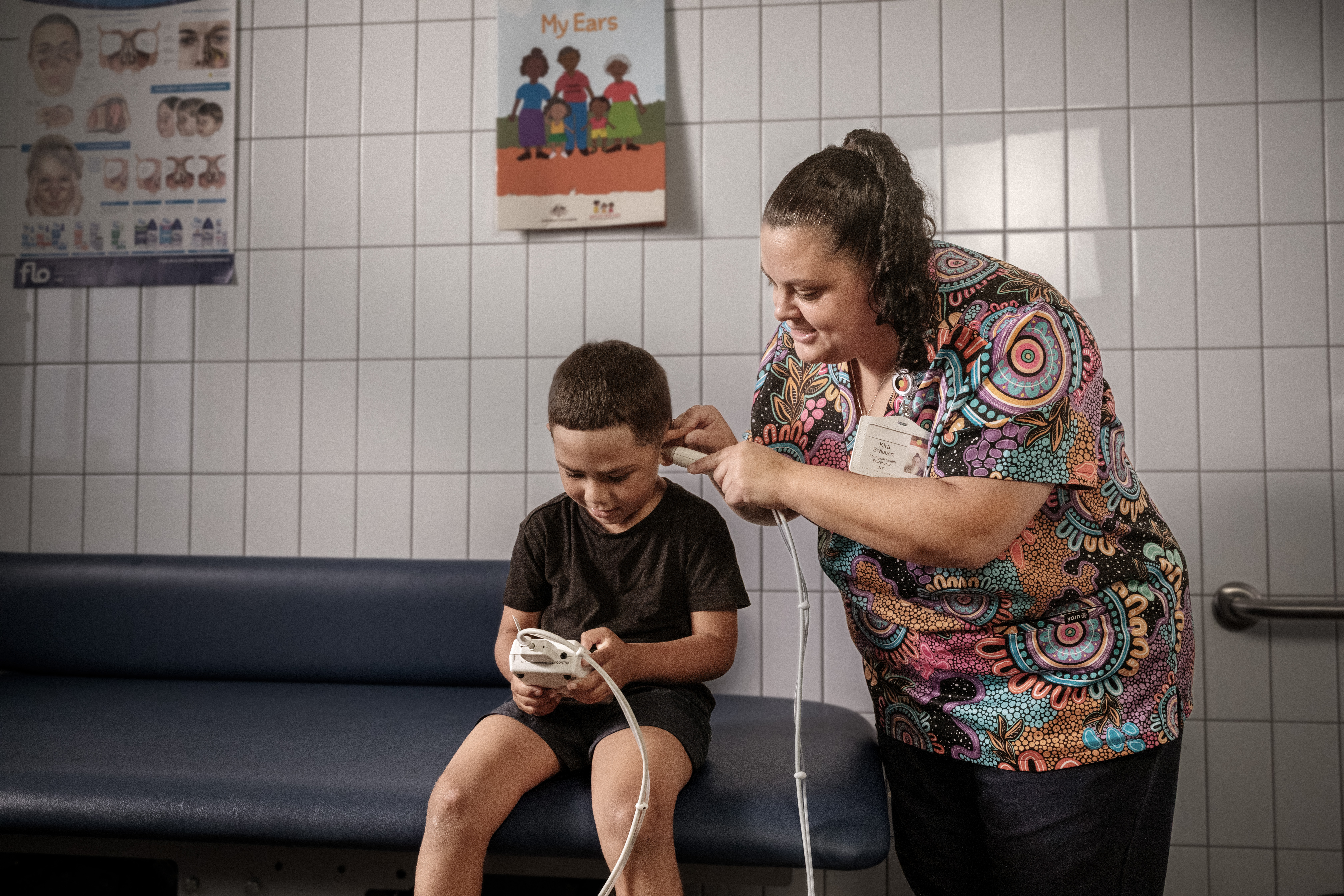
“I thought I was a bad mother”: How telehealth changed a young boy’s life and gave a family hope
“I thought I was a bad mother,” says Marlie Matthews, tearfully. “I tried everything, but Marcus was getting more and more behind. He wasn’t speaking much and when he did, I couldn’t understand him. It was very hard on all of us.”
Read more

Sick of eating the same things? 5 ways to boost your nutrition and keep meals interesting and healthy
Did you start 2025 with a promise to eat better but didn’t quite get there? Or maybe you want to branch out from making the same meal every week or the same lunch for work almost every day?
Read more

Going to the dentist is expensive. Here are 3 things you can do to protect your oral health – and 3 things to avoid
Around one in three Australians delayed their visit to a dentist in the last financial year – or didn’t go at all – due to cost.Given it doesn’t look like dental treatment is being added to Medicare any time soon, what can you do?
Read more
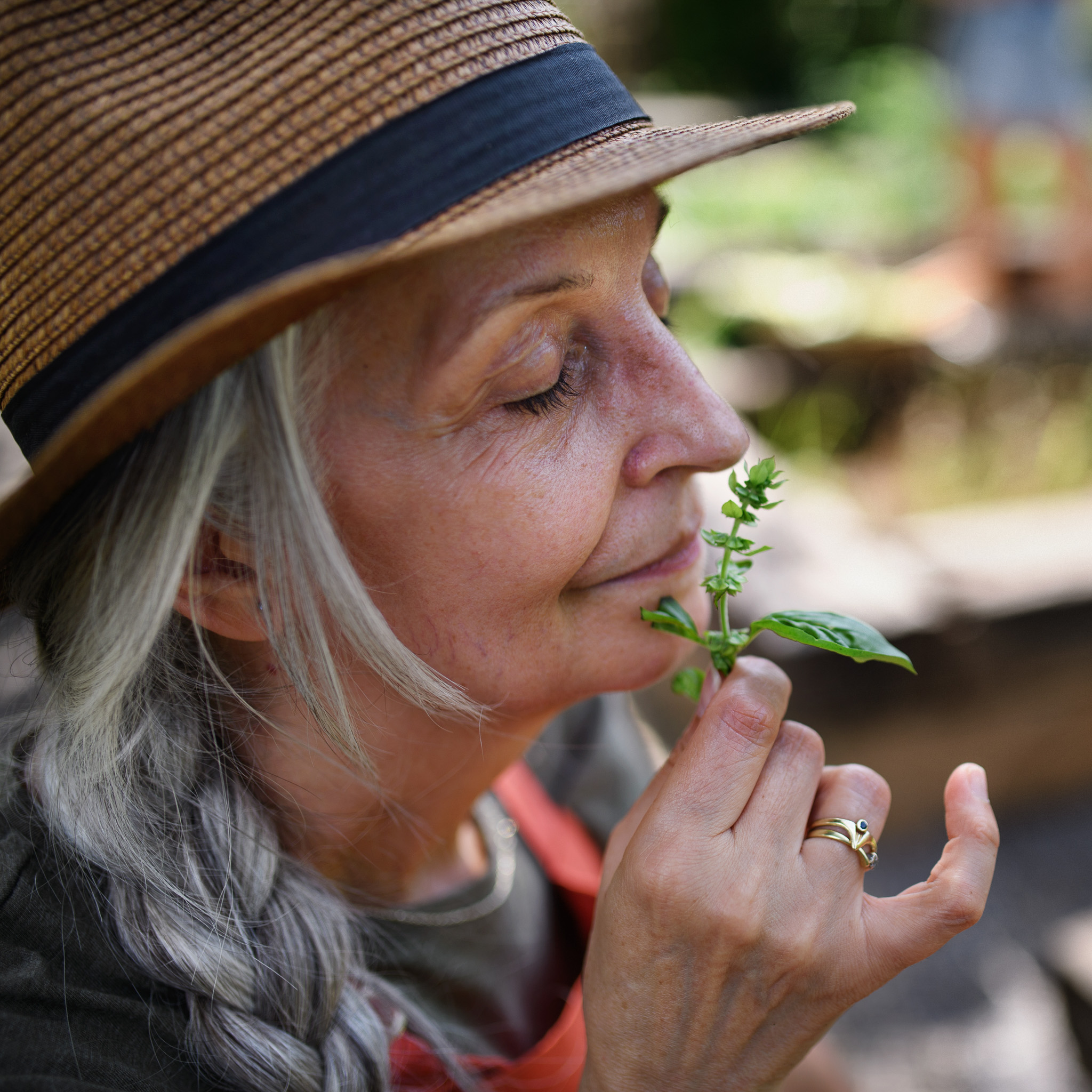
Air is an overlooked source of nutrients - evidence shows we can inhale some vitamins
You know that feeling you get when you take a breath of fresh air in nature? There may be more to it than a simple lack of pollution.
Read more
In retrospect, Ms Bennett is glad Mr Bedford was at the clinic that day. She also learned, she says, that her instinct to question her first impression, rather than assume she was wrong, was one to carry into her career.
“There is a misconception about podiatry, and its place in healthcare. Many associate it exclusively with superficial grisliness of the feet. But, as Mr Bedford’s ordeal illuminates, a cut heel can be the tip of a looming vascular iceberg. It shows that vascular screening is in our lane. It’s a podiatry thing,” Ms Bennett says.
“It’s one of those things that give you shivers down the spine. Everything was 100 per cent necessary. We had our suspicion that his blood flow might’ve been compromised because that heel fissure was taking so long to heal. But when you see feet on a daily basis that don’t have blood flow issues, it was surprising. As a student it was a great learning experience and has shown why it’s so important not to cut corners.”
As he recovered from his quadruple bypass surgery, Mr Bedford contacted the clinic to relay the series of events that unfolded following his podiatry appointment, but mostly, to thank Ms Bennett.

“Podiatrists play a key role in early prevention and detection of significant lower limb pathologies, and Mr Bedford story is a clear example of how well prepared our students are and the positive impact that our teaching clinic has in the community,” says Dr Coda.
“We can communicate to a GP that medication might be making a patient feel dizzy, or equally we can provide referrals to occupational therapists who can assess people’s homes for trip hazards. Podiatry is an integral part of multidisciplinary care.”
